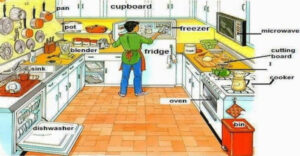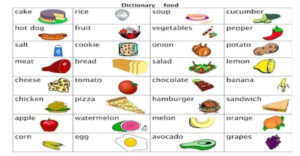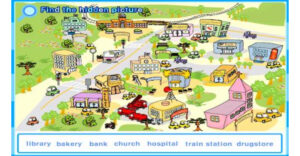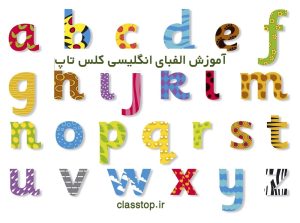The helix
قبل از گوش کردن به فایل صوتی، تمرین زیر را انجام دهید و لغات آن را یاد بگیرید:
حالا به فایل صوتی زیر گوش دهید و تمرینات زیر را انجام دهید:
Transcript
I’d like to turn now to the object which is the main point of this talk: the helix. This is a fascinating mathematical object which touches many parts of our lives. Movement, the natural world, the manufactured world and our genetic make-up are all connected to the shape of the helix.
A helix is a type of three-dimensional curve that goes around a central cylindrical shape in the form of a spiral, like a corkscrew or a spiral staircase. The helix is a very popular shape in nature because it is very compact. In fact, helices are sometimes referred to as ‘nature’s space saver’. In architecture too, the helix shape of a spiral staircase is an attractive option in buildings where space is very restricted.
The most renowned type of helix is probably the double helix of DNA, or deoxyribonucleic acid. DNA is made of two helices that curve around each other, a bit like a twisted ladder. DNA contains the genetic information or ‘code’ that determines the development and functioning of all known living things. The helix shape is a very efficient way to store a long molecule like DNA in the limited space of a cell.
There are different types of helices. Helices can twist clockwise, right-handed, or anti-clockwise, left-handed. An interesting experiment is to hold a clockwise helix, such as a corkscrew, up to a mirror. The clockwise helix appears to become counterclockwise.
We can perceive examples of helices in many areas of our world. Spiral staircases, cables, screws and ropes can be right-handed or left-handed helices. A helix that goes around a cone is called a conical helix. Examples of conical helices are screws or the famous spiral ramp designed by the architect Frank Lloyd Wright in the Guggenheim Museum in New York.
Helices are also prevalent in the natural world. The horns of certain animals, viruses, seashells and the structure of plants, flowers and leaves can all contain helices. The human umbilical cord is in fact a triple helix.
With the discovery that the helix is the shape of the DNA molecule, it is not surprising that the helix is found in so many areas. It’s one of the most natural shapes in nature.
Let’s turn our attention now to the mathematical description of the helix. You’ll need a pen and paper for the next part of the talk as I am going to give you some variables to write down. Take your time to notice the different …
Do you ever watch scientific lectures or talks like this online?
 کلس تاپ | آموزش و آزمون
کلس تاپ | آموزش و آزمون


















